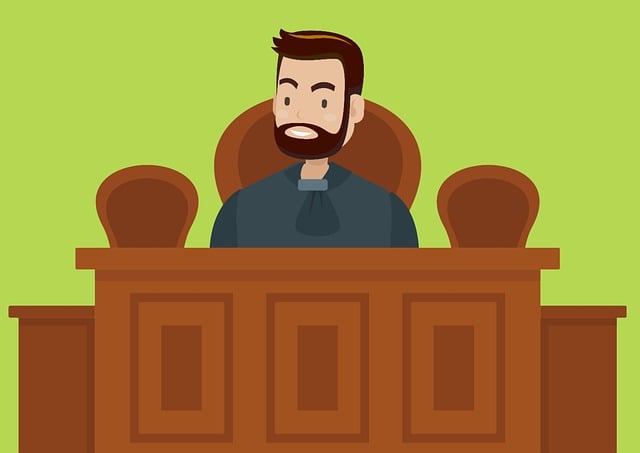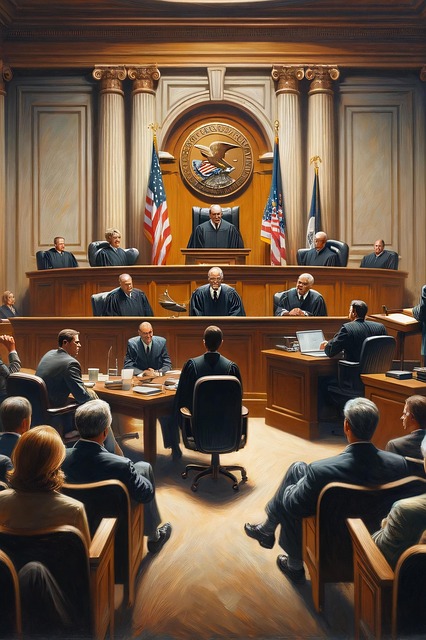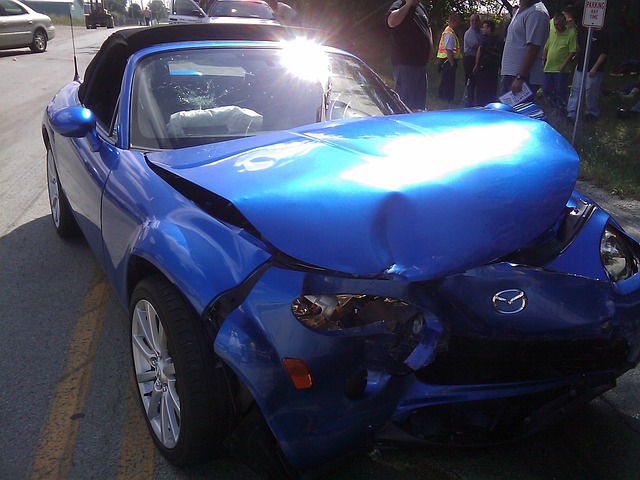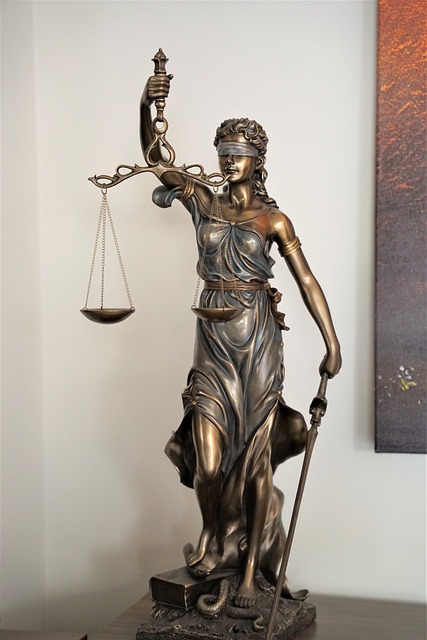Icy sidewalk falls pose significant risks, leading to an increase in slip and fall lawsuits against municipalities and property owners. These cases highlight the duty of care owed to pedestrians, with liability determined by neglect or inadequate maintenance, especially during harsh winter weather. Victims may incur substantial medical expenses and long-term disabilities, and legal recourse can result in compensation for damages such as medical bills, lost wages, and pain and suffering.
In cold climates, icy sidewalks pose a significant risk, leading to thousands of falls and injuries annually. This article delves into the complex world of icy sidewalk fall lawsuits, exploring key legal considerations for both victims and entities facing litigation. We dissect municipal liability, scrutinize responsibilities of property owners versus cities, and navigate the path to legal recourse and damages. Understanding these dynamics is crucial for anyone navigating the aftermath of a slip and fall on an icy sidewalk.
- Understanding Icy Sidewalk Fall Lawsuits
- Who Bears Liability: Property Owners vs. Cities
- Navigating Legal Recourse and Damages
Understanding Icy Sidewalk Fall Lawsuits
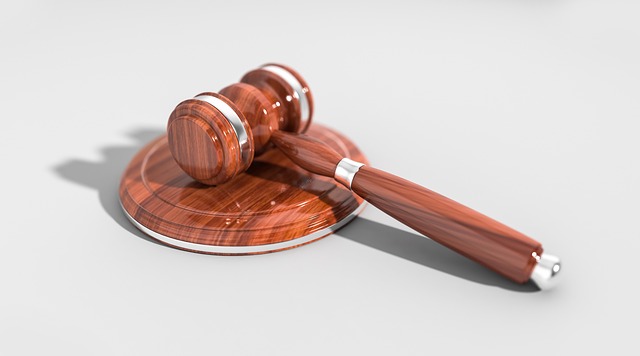
Icy sidewalk falls can lead to serious slip and fall injuries, prompting individuals affected by such incidents to file lawsuits against municipalities responsible for maintaining safe public spaces. These lawsuits, centered around icy sidewalk falls, often seek medical malpractice compensation for the harm caused. In many cases, individuals sustain significant injuries, including fractures, head traumas, and soft tissue damage, which can result in substantial medical bills and long-term disabilities.
Boca Raton auto accident attorneys have witnessed a surge in such legal actions due to the increasing number of icy conditions during winter months. As a result, municipalities face heightened scrutiny regarding their upkeep of sidewalks. Understanding these lawsuits involves recognizing that property owners and governments alike have a duty of care to ensure safe passage for pedestrians. When this responsibility is neglected, particularly in hazardous weather conditions like ice and snow, individuals may have legal recourse to seek justice and fair compensation for their slip and fall injuries.
Who Bears Liability: Property Owners vs. Cities
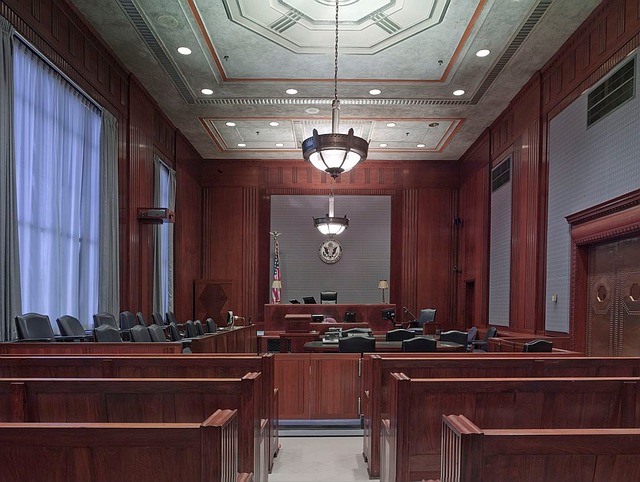
When it comes to icy sidewalk falls, determining liability is a complex matter that often pits property owners against cities. In many cases, the legal responsibility for maintaining safe public spaces lies with local governments, who are tasked with clearing snow and ice from sidewalks. However, this general rule has its nuances; property owners may also bear some culpability if they fail to address hazardous conditions on their premises, especially if they have actual or constructive knowledge of the ice but take no action.
An Orlando personal injury lawyer often finds themselves navigating these waters when clients suffer injuries due to icy sidewalk falls. Insurance coverage disputes can arise when determining who is ultimately responsible for compensating the victim. If a city’s negligence is proven, a successful lawsuit can result in significant client recovery. Conversely, if liability rests with the property owner, their insurance policies will dictate the extent of compensation available.
Navigating Legal Recourse and Damages
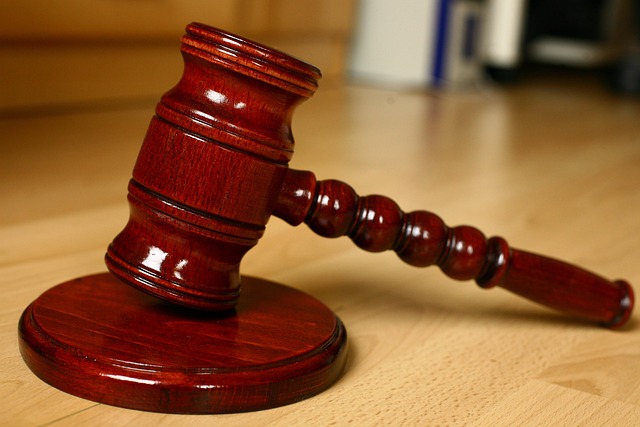
When navigating a lawsuit following an icy sidewalk fall, understanding legal recourse and potential damages is crucial. If you’ve suffered injuries due to a hazardous condition on a public walkway, the first step is identifying liability. In many cases, municipalities or property owners are held responsible for maintaining safe public spaces. An Orlando truck accident lawyer can help determine if negligence played a role, especially if ice accumulation resulted from inadequate snow removal or lack of salting.
Damages in such cases may include medical expenses, lost wages, and compensation for pain and suffering. The complexity arises when dealing with insurance coverage disputes—especially if the property owner has limited resources or different types of insurance policies. Unlike product liability cases, where responsibility is often clearer, icy sidewalk falls involve a combination of factors, including weather conditions, maintenance practices, and legal precedents, making each case unique.
In the context of icy sidewalk falls, understanding municipal liability is crucial for both property owners and city governments. By navigating the legal recourse and damages associated with these incidents, individuals can ensure they receive fair compensation for their injuries. Whether it’s through property owner responsibility or city maintenance obligations, awareness of legal rights and options is key to preventing similar accidents in the future and fostering safer public spaces. Remember that, in cases of icy sidewalk falls, knowing your legal options and holding accountable those responsible is essential.
